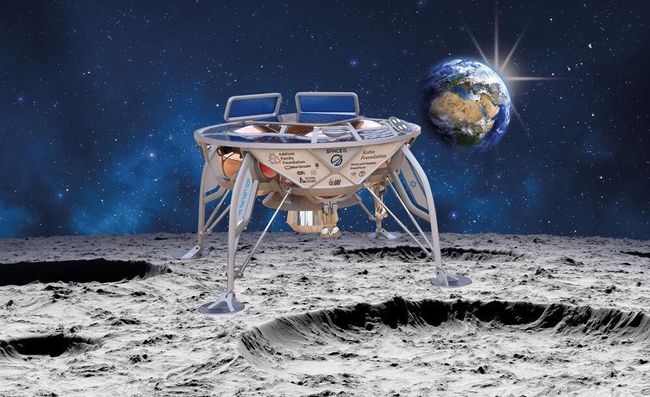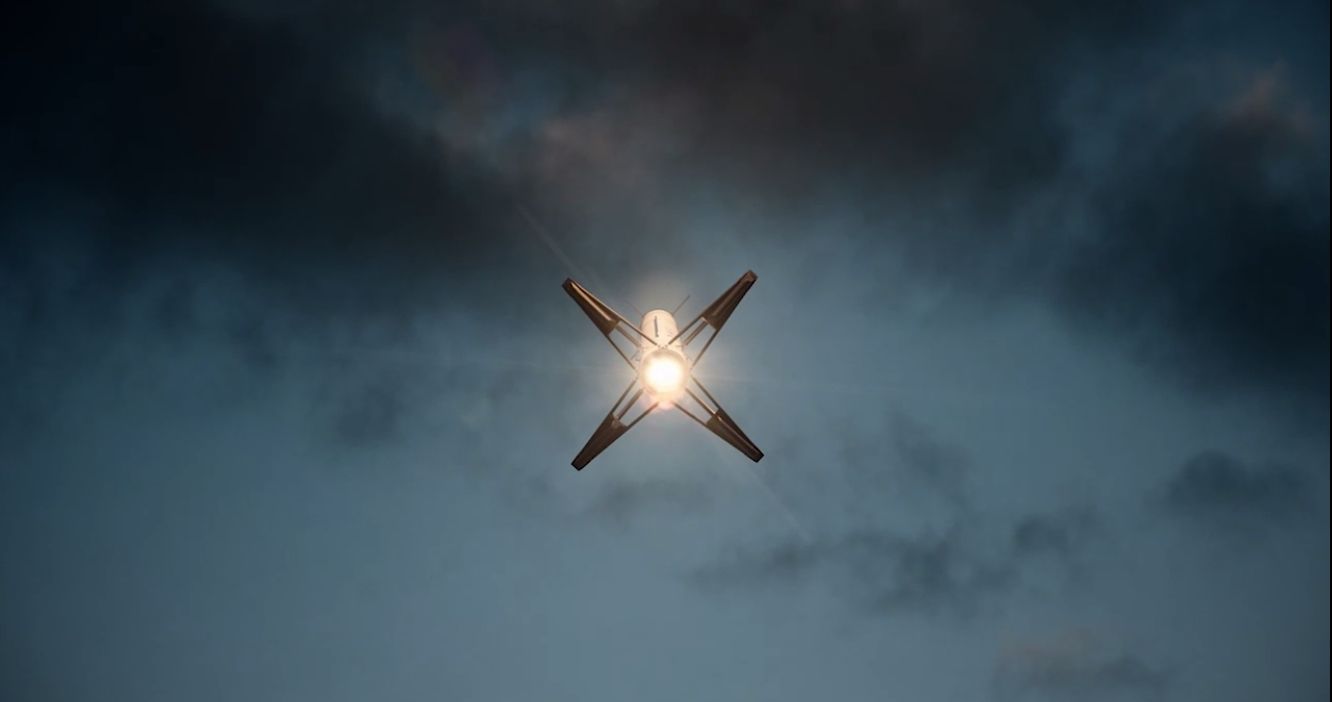Rosmokosmos on antanut "vastineen"
Käänsin google kääntäjällä
Lyovochkin replied to Mask
Pyotr Lyovochkin, chief designer of NPO Energomash, developer and manufacturer of the famous RD-180 family of engines, commented on the PR statement of Ilona Mask about the “superiority” of the Raptor engine created by SpaceX:
“The SpaceX company creates the Raptor engine on oxygen and methane components or, as is customary in the Russian classification, the gas-gas scheme. In such schemes, such a pressure level in the combustion chamber is not something extraordinary - in our designs for these schemes we lay down the pressure level in the chamber over 300 atmospheres. And the parameter pressure in the chamber is not the output characteristic of the engine, such as thrust and specific impulse.
However, Mr. Musk, not being a technical specialist, does not take into account that the RD-180 engine for the Atlas launch vehicle uses a completely different fuel circuit - “oxygen-kerosene”, and these are other parameters of the engine operation. It is like comparing a diesel and a gasoline internal combustion engine. And if we take into account the fact that Energomash certified the engine with a 10% reserve, then the pressure in the RD-180 combustion chamber is above 280 atmospheres.
Despite the fact that our companies are competitors, we as engineers welcome the first successes of colleagues from SpaceX in the field of rocket engine building. Indeed, during the development of the Raptor engine, American engineers reached a record pressure level in the chamber. This indicates a fairly high level of development and production processes at SpaceX
https://www.roscosmos.ru/25999/
Niin ilmeisesti kammiopaineella ei ole tekemistä moottorin tehon kannassa vai mitä tässä yritetään sanoa?
Esim F1(Saturn) moottorissa paine 80bar mutta työntövoima 7000000N. Vs raptor 1500000(N)
Viimeksi muokattu:





